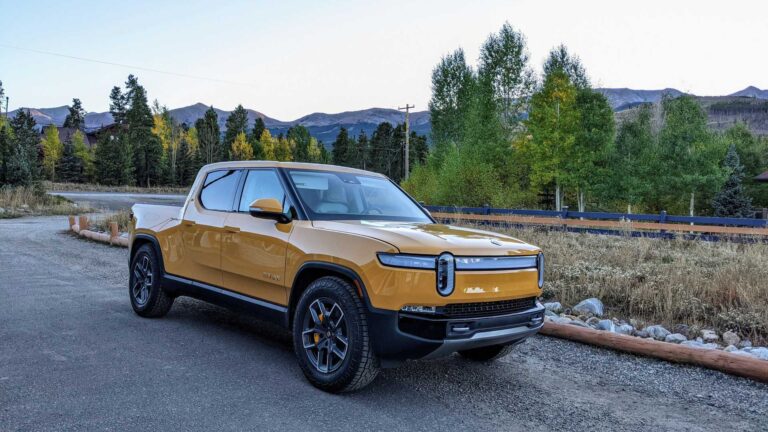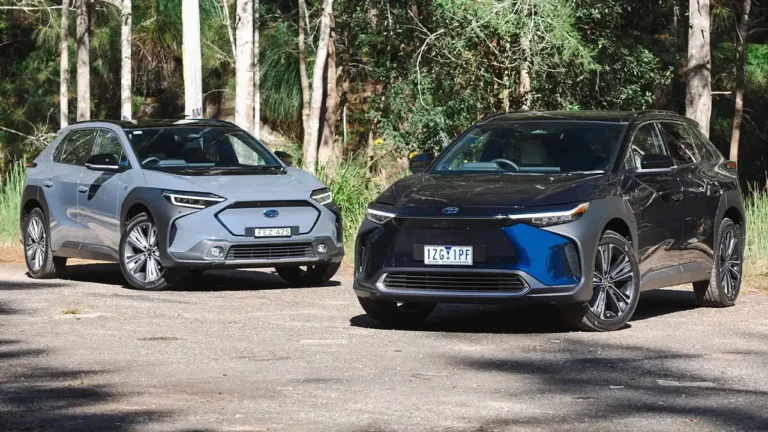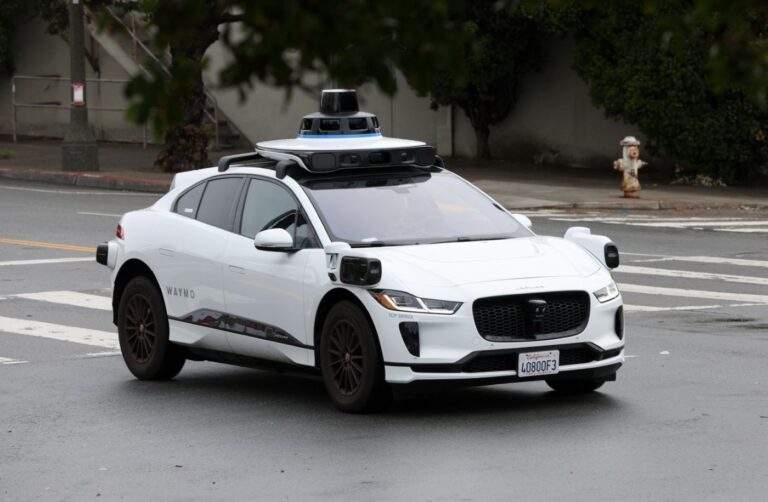Norway is moving swiftly toward becoming the first nation to transition entirely to electric vehicles, eliminating the sale of fossil-fuel-powered cars—a milestone that could provide valuable insights for countries worldwide. China may be churning out electric vehicles at an astonishing rate, but when it comes to actual adoption, Norway stands as the undisputed global leader. Thanks to three decades of forward-thinking policies that have encouraged EV usage while discouraging fossil fuel-powered cars, a staggering 88.9 percent of Norway’s new car sales in 2024 were electric.
In Oslo, electric cars dominate the roads, making gas-powered vehicles a rare sight. Meanwhile, in many parts of the United States, spotting an electric car can feel about as likely as encountering a unicorn.
Norway has seen such an overwhelming shift toward EVs that in certain months, as much as 98 percent of new vehicle sales were electric. This stands in stark contrast to the United States, where EV sales grew by only 8 percent in 2024—only a slight increase from 7.6 percent in 2023. Even more telling, that modest 8 percent jump marked the highest rate of EV sales growth in the past five years.
One key factor contributing to Norway’s success is its size—both in terms of population and geography. With just 5.5 million residents, Norway is significantly smaller than the United States. For comparison, Florida alone had a population of 22.6 million in 2023. Geographically, if you were to do some quick calculations, you could fit roughly four Norways into the state of Texas.

Cultural influences certainly play a role in Norway’s widespread EV adoption, but one of the biggest incentives has been financial. The government progressively increased taxes on gasoline and diesel vehicles while exempting EVs, making electric cars a far more cost-effective choice.
Despite being a major oil and gas producer, Norway has set an ambitious goal: by the end of 2025, the country aims for all new car sales to be zero-emission vehicles. This target isn’t legally binding—there’s no enforcement mechanism in place—but at the current pace, Norway is well on track to achieve it. If successful, it could become the first country to completely phase out new fossil fuel vehicle sales.
Norway is continuing to push EV adoption forward with pragmatic policies, such as eliminating import duties on electric cars and offering attractive benefits like free parking, reduced toll fees, and access to bus lanes to help EV drivers navigate traffic more efficiently.
To support its EV boom, Norway has built an extensive charging infrastructure, with 27,000 public charging stations catering to a variety of electric vehicle brands. As for where all this power comes from, the country relies heavily on renewable energy—88 percent of its electricity is generated from hydroelectric sources.
The stark difference in EV adoption between Norway and the United States can be attributed to significant cultural contrasts. However, it also helps to have a government that actively promotes electric vehicles, makes them financially appealing, and invests in the necessary infrastructure to support their widespread use.

A crucial element of Norway’s success is its reliance on renewable energy, with hydropower supplying 88% of its electricity. This abundance of clean energy has made the shift to EVs both practical and sustainable.
Additionally, Norway’s financial resources, bolstered by its sovereign wealth fund from oil exports, have played a significant role. These resources have enabled the government to offset revenue losses from reduced petrol and diesel taxes while making substantial investments in EV infrastructure.
This shift poses important questions for driving instructors in other countries: How will the transition to EVs impact driver education, vehicle investment, and government policies? Norway’s experience demonstrates that with the right combination of incentives and long-term planning, the move toward EVs is not just feasible but inevitable. As more countries establish timelines for phasing out ICE vehicles, driving instructors will need to adapt to a fully electric future.
With EV adoption accelerating globally, monitoring Norway’s advancements can offer crucial lessons for successfully navigating this new era of transportation.



